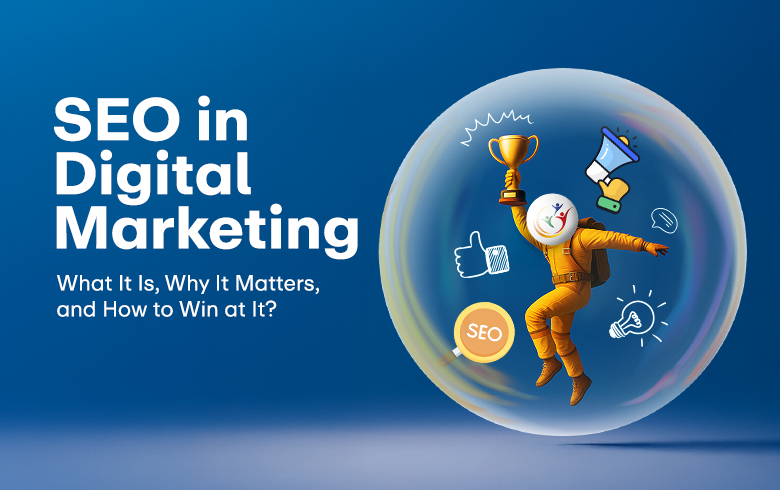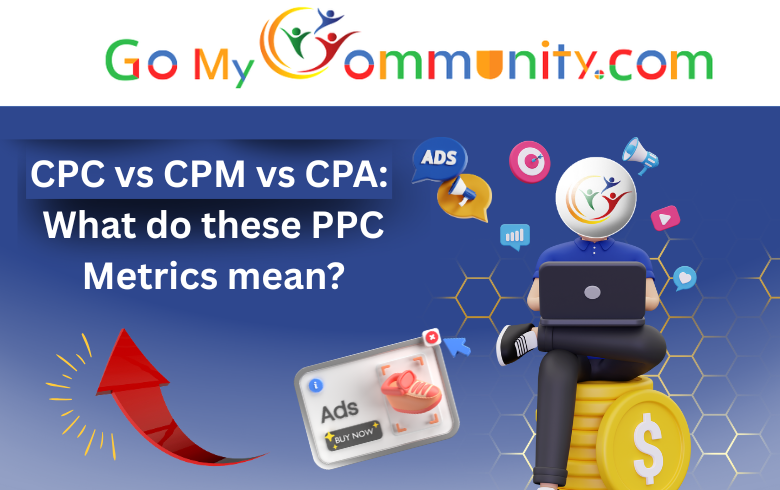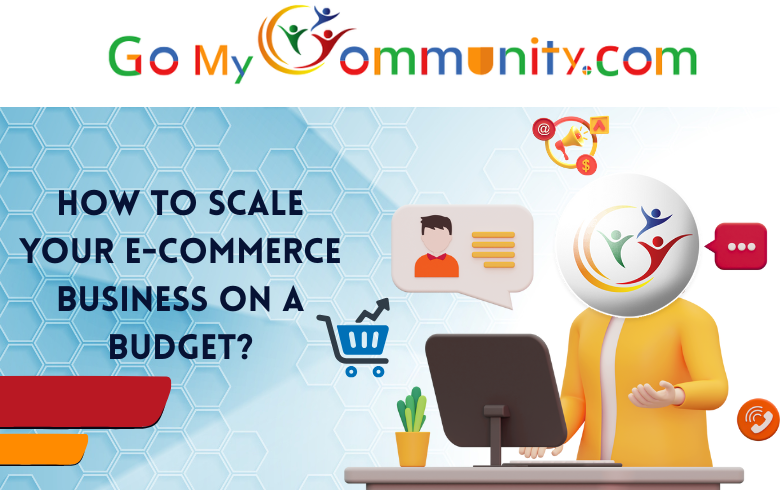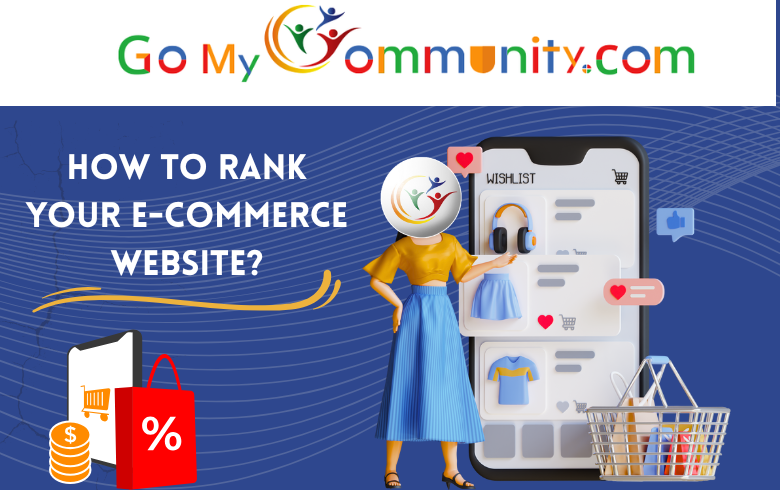Discover the Latest Strategies On How to Do On Page SEO in 2024 with our comprehensive guide. Learn step-by-step techniques to optimize your website effectively and boost visibility on search engine results pages.In 2024,Understanding the latest trends and algorithms is essential to ensure your content ranks higher and attracts organic traffic.From keyword research to content optimization, Each aspect plays a crucial role in enhancing your online Presence.
Table of Contents
In This Article,We Will Discuss the Crucial Elements of On Page SEO. But, First we need to Know What is On Page SEO and How To Do On Page SEO In 2024 ?This Comprehensive Guide will teach you all the Important Steps Involved in On Page SEO .Additionally, We will also discuss what steps in On Page can Make or Break Your Website.By the End of this Guide, You will be able to get the answers of these Questions:
1.What is On Page SEO ?
2.Why On Page SEO is Important ?
3.How to Do SEO Audit ?
4.What are Meta Title and Meta Description ?
5.What are Heading Tags and How to Optimize it?
6.How to Write SEO Optimized Content ?
7.How to add Internal Links and Do follow External Links ?
8.How to do Image Optimization ?
9.Google Algorithms and On Page SEO
10.Some Important Tips on How to do On Page SEO In 2024.
What is On Page SEO ?
On-page SEO involves optimizing your website’s content for Search Engines and Users to help search engines understand it better, ultimately improving your content’s ranking and making it more Visible to your Target Audience.Most People Consider On Page SEO is very easy but that’s not the case. On Page SEO has evolved a lot over the years.From Proper Keyword Research to Effective Headings ,Every Element can make or break your Web Content.
Why On Page SEO is Important and How to Do SEO Audit ?
On-page SEO is crucial because it directly impacts your website’s visibility and ranking on search engine results pages (SERPs). Effective on-page SEO techniques increase your website’s visibility to search engines, making it easier for them to crawl and index your content.By optimizing your content with relevant keywords, proper meta tags, and high-quality content, you improve your chances of ranking higher in search results, driving more organic traffic to your site.This why On Page Seo is very Important.
How to do SEO Audit ?
To Do an Effective SEO Audit, You Need to Follow these Steps:
1.Website Crawl: Use tools like Screaming Frog or SEMrush to crawl your website and identify technical issues such as broken links, duplicate content, and indexing problems.
2.Keyword Analysis: Evaluate your current keyword strategy and identify opportunities for improvement. Look for high-volume keywords relevant to your content and ensure they are strategically placed throughout your website.
3.Content Review: Assess the quality and relevance of your website’s content. Make sure it’s engaging, informative, and optimized for targeted keywords. Identify any outdated or thin content that needs updating or removing.
4.Meta Tags Optimization: Review your title tags, meta descriptions, and header tags to ensure they accurately reflect your content and include relevant keywords. Optimize them for maximum click-through rates and search visibility.
5.Technical SEO: Check for technical issues that may affect your website’s performance, such as site speed, mobile-friendliness, and schema markup. Address any issues to improve user experience
6.Backlink Analysis: Analyze your website’s backlink profile to identify any toxic or low-quality backlinks that may be harming your SEO efforts. Disavow or remove them to maintain a healthy link profile.
7.Competitor Analysis: Analyze your competitors’ websites to identify areas where they excel and areas where you can gain a competitive advantage. Look for keywords they rank for, their content strategies, and backlink profiles.
By conducting a thorough SEO audit, you can identify areas for improvement and develop a roadmap for optimizing your website to improve its visibility, ranking, and overall performance in search engine results.
What are Meta Title and Meta Description ?
Meta title and meta description are important parts of a webpage that help people find and understand what the page is about.The meta title is like the title of a book, it tells search engines and people what the page is about. It appears at the top of a browser window or as the clickable headline in search results.
Meta description is a short summary of the page, like a teaser or preview. It appears below the meta title in search results and gives a little more information about what the page contains.Together, they help search engines know what your page is about and help people decide if they want to click on it.
What are Heading Tags and How to Optimize it?
Heading tags are HTML elements used to organize and structure content on a web page. They range from H1 to H6, with H1 being the most important and typically used for the main title of a page. Heading tags help both users and search engines understand the hierarchy and organization of content on a web page.
To optimize heading tags, use them to break up your content into logical sections, making it easier for readers to navigate. Ensure each heading accurately describes the section’s content and includes relevant keywords to improve search engine visibility.
How to Write SEO Optimized Content ?
To write SEO optimized content, Keep in mind these Important Steps:
1.Start by Researching keywords relevant to your topic using tools like Google Keyword Planner. Once you have your keywords, incorporate them naturally into your content, including in the title, headings, and throughout the text.
2.Structure your content with clear headings and subheadings to make it easy for readers and search engines to understand.
3.Write high-quality, informative content that provides value to your audience and answers their questions. Use descriptive meta titles and meta descriptions to entice users to click on your content in search results.
4.Finally, Regularly update and promote your content to keep it fresh and relevant. By following these steps, you can create content that ranks well in search engines and attracts more organic traffic.
How to add Internal Links and Do follow External Links ?
To add internal links, look for opportunities within your content to link to other relevant pages on your website. Use descriptive anchor text that tells users and search engines what the linked page is about.To build an effective internal link strategy, create a logical hierarchy of links that helps users navigate your site and reinforces important pages
When adding external links, ensure they lead to reputable and authoritative websites related to your content. Use “Do follow” links for external sites you trust and want to endorse.For external links, focus on quality over quantity, and aim to establish relationships with other websites in your niche for mutually beneficial linking opportunities.
How to do Image Optimization ?
To optimize images, start by choosing the right file format—JPEG for photos and PNG for graphics. Resize images to the appropriate dimensions to reduce file size and improve loading times. Use descriptive filenames that include relevant keywords. Add alt text to describe the image content for accessibility and SEO purposes.
Compress images using tools like Photoshop or online services to further reduce file size without sacrificing quality. Optimize image metadata, including title and caption, for additional context. Finally, consider lazy loading images to prioritize content above the fold and improve page speed. By following these steps, you can ensure your images are optimized for both user experience and search engine visibility.
Google Algorithms and On Page SEO
Google algorithms are complex sets of rules and calculations used to determine the relevance, quality, and ranking of webpages in search results.The impact of Google algorithms on on-page SEO is significant and continuously evolving. Algorithm updates can directly influence how websites are ranked, leading to fluctuations in search engine visibility and traffic.
Website owners must monitor algorithm changes and adapt their on-page SEO tactics accordingly to maintain or improve their rankings. By adhering to best practices and providing valuable content that aligns with Google’s algorithms, websites can enhance their on-page SEO efforts and ultimately improve their visibility and performance in search results.
Some Important Tips on How to do On Page SEO In 2024.
To effectively do On-Page SEO in 2024, it’s essential to follow best practices and adapt to the evolving world of SEO.Here are some useful Tips you can follow to implement Effective On Page Seo:
1.Effective Keyword Research:While you need to use Primary Keywords Effectively in your Content.Don’t Forget to Include Secondary Keywords.Secondary Keywords are the keywords that supports the main Keywords of your Content but are highly relevant.For this, You can use SEMrush Keyword Magic Tool.
2.High Quality Content:Always Priortize High Quality Original Content that provides Value to Your Users.Try to Include the most Important Information in your Content in the First Paragraph of your Content.This helps the user get the answer to their Query Quickly and thus, builds Credibility for your Website.
3.Optimize Title Tags: Craft compelling and keyword-rich title tags to improve search engine visibility.Your Title Tags must Include your Focus keyword and It should not be too Long.Make sure that Your Title Tag helps Understand the Search Engine your Content clearly and also Matches well with the users query.
4.Use Short but Well Crafted URLs:Using short but well-crafted URLs is essential for effective on-page SEO. Short URLs are easier for users to remember, share, and type into their browsers, improving overall user experience.From an SEO perspective, shorter URLs are preferred by search engines as they convey relevance and simplicity.Avoid Numbers ,Symbols in your URL Structure.
5.Improve Core Web Vitals:Core Web Vitals are a set of metrics introduced by Google to measure the overall user experience of a webpage. The Three main Elements of Core Web Vitals are:
- Largest Contentful Paint (LCP)
- First Input Delay (FID)
- Cumulative Layout Shift (CLS
To improve Core Web Vitals,Minimize server response times, leverage browser caching, and prioritize critical resources to ensure faster loading times, thus improving LCP.Reduce JavaScript execution time,Ensure that elements on the page do not unexpectedly shift during loading by specifying size attributes for media.Use modern image formats like WebP, compress images without compromising quality, and specify image dimensions to prevent layout shifts.
By focusing on these areas, website owners can enhance their Core Web Vitals, providing users with a smoother and more enjoyable browsing experience.
Our comprehensive guide equips you with the knowledge and techniques needed to master on page SEO in 2024.By implementing these step-by-step strategies, you can optimize your website effectively, enhance its visibility on search engine results pages, and ultimately drive more organic traffic.
Also Read : How to do Local SEO ?














